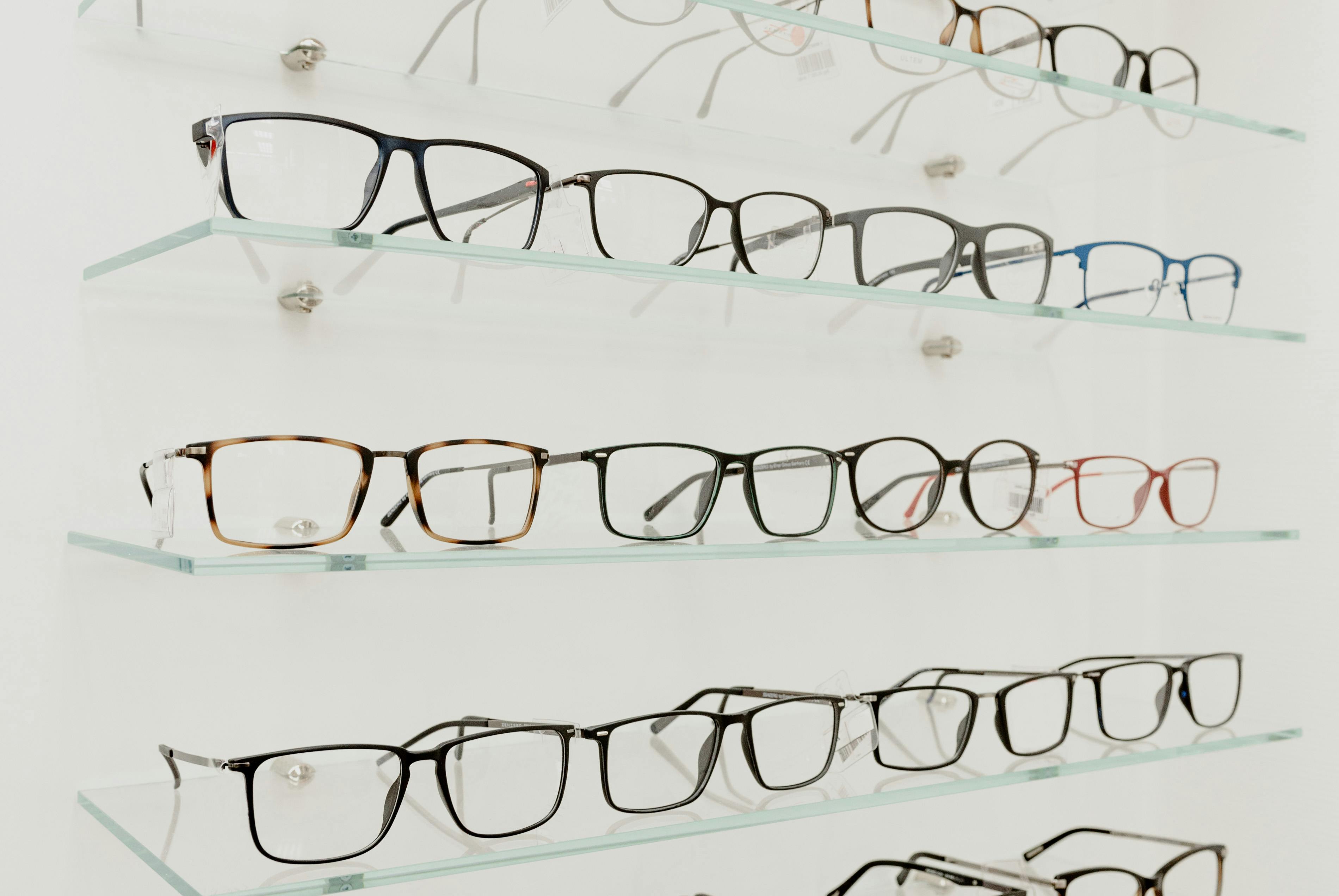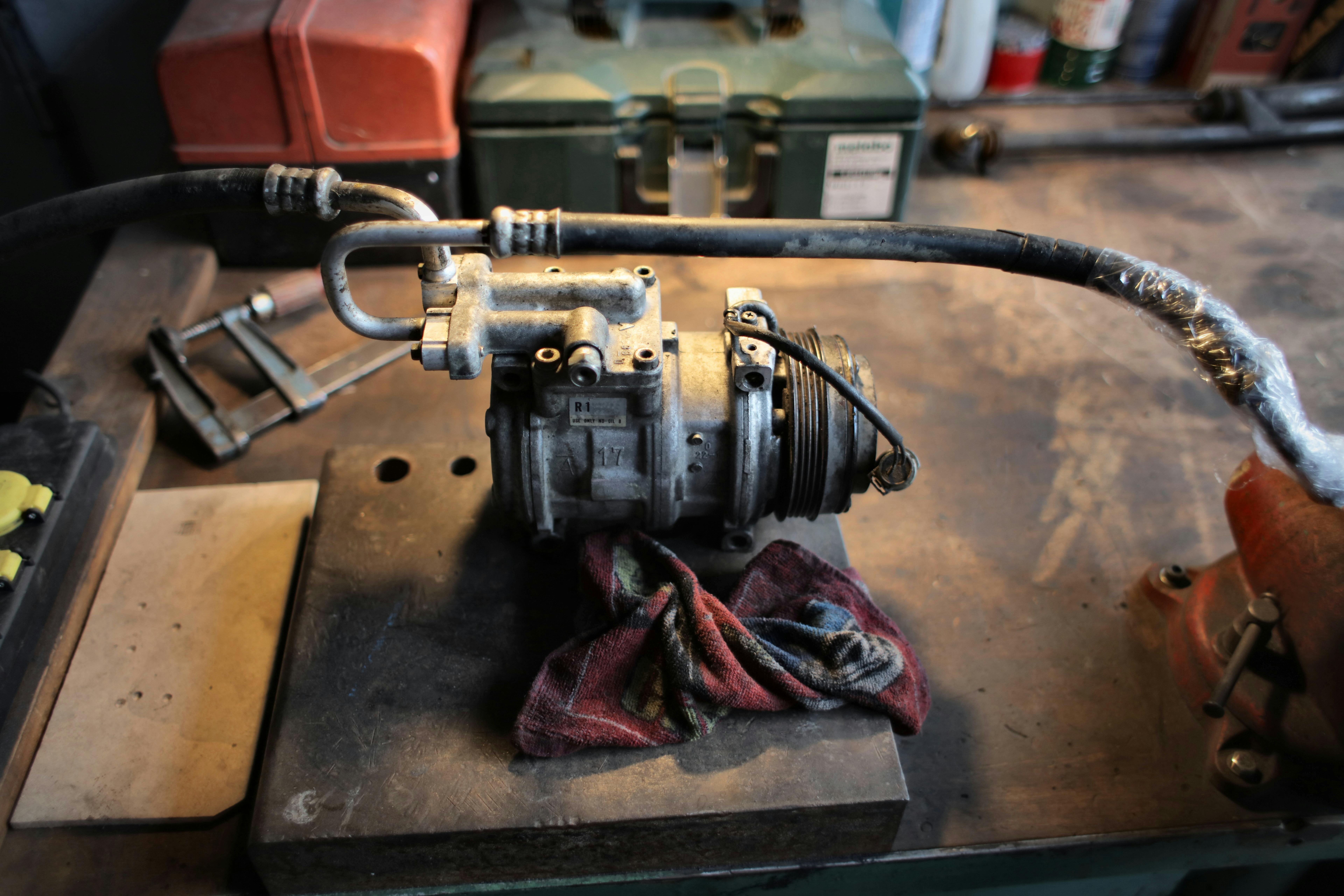Sometimes known as a bulging disc, spinal disc herniation is a health-related condition related to the spinal discs, in which the soft gelatinous center called the nucleus pulposus protrudes or leaks out of a disc through the ruptured outer covering. known as an annulus fibrosus. . The fourth and fifth lumbar vertebrae are often where a herniated disc develops, as most of the body’s weight is supported here. This area of the spine takes all the impact, whether you are standing, sitting, or moving all day, twisting, bending, and flexing, and as a result, this area is prone to wear out faster than others.
Essentially, the spinal column comprises the bony building blocks called the vertebra. Soft tissues called ligaments surround the entire spine to hold them together. The spinal column is grouped into three vertebral categories, namely the cervical or neck, the thoracic or upper back, and the lumbar or lumbar area, which are made up of seven, twelve, and five vertebrae, respectively. Then the spine extends down from the lumbar region to the buttocks with the sacrum and coccyx.
The spine helps keep the body upright, and while it protects the spinal cord, it also acts as a flexible transport structure. Each vertebra has spines that protect the nerve tissues of the spinal cord, and the front of each vertebra has a robust bony body that allows it to support the weight of the body. Between each vertebra are soft spinal discs that help reduce impact and rubbing. The nucleus pulposus within the disc is soft and when it protrudes and escapes from the disc, a herniated disc develops which induces localized pain in the damaged area.
So how can a herniated disc develop in our back during our daily routine? A herniated disc can develop for a number of reasons, the most common of which is age. The bones of the body generally become brittle as we age, making it susceptible to fractures, cracks, and breaks. As the vertebrae compress on each other, the annulus fibrosus is likely to rupture, allowing the nucleus pulposus to escape during sudden, high-impact motion.
Another common reason for a herniated disc is degenerative disc disease, which can also cause back pain, especially low back pain. Bearing a large amount of weight can also lead to a herniated disc, as in the case of weight lifting, obesity, or pregnancy.
Depending on where the bulging disc develops, herniated disc symptoms may be different for different scenarios. Symptoms may not even be felt in some cases, especially when no pinching is found. Symptoms of a herniated disc can include shooting pain on one side of the body if the hernia is large enough to affect the surrounding nerves. The affected areas may also have a burning or tingling sensation, and also weakness, which can be reduced by lying down.
Caude Equina syndrome can manifest with a herniated disc if it is extremely large and compresses on both sides of the spinal cord. Caude Equina syndrome is usually indicated by severe pain and weakness, loss of bowel and bladder control, lack of sexual function, and even paralysis.



